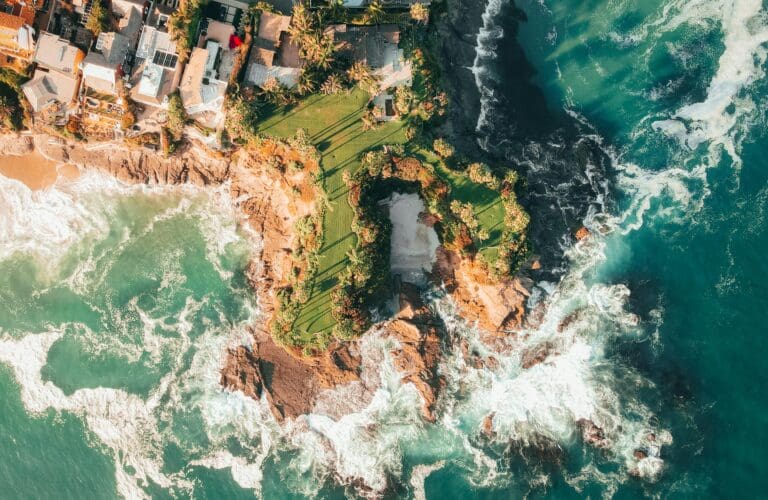Is your swimming pool insured for earthquake damage?
With Summer nearly upon us, let’s take a brief look into how swimming pools hold up during an earthquake and precautions to take to lessen the damage to your pool. Depending on the magnitude of the earthquake and the proximity of the pool to the epicenter, some types of damage that can occur include:
- Cracks in the pool shell: The movement of the ground during an earthquake can cause cracks to develop in the pool shell. These cracks can allow water to leak out of the pool and may require repairs to prevent further damage.
- Damage to pool equipment: Earthquake-induced ground movement can also cause damage to pool equipment, such as pumps, filters, and heaters.
- Damage to pool decks: The movement of the ground during an earthquake can also cause damage to the pool deck including all concrete, stone, tile or similar decking material.
To minimize the risk of damage to a swimming pool during an earthquake, here are seven precautions to consider:
- Secure pool equipment: Safeguarding pool equipment is crucial to prevent damage during an earthquake. Ensure that pumps, filters, and other equipment are properly anchored or secured to prevent them from shifting or falling during seismic activity. Additionally, consider installing flexible connectors in plumbing to allow for movement and reduce stress on the equipment.
- Reinforce the pool shell: The pool shell is the structure that holds the water, and reinforcing it can help minimize the risk of cracks or damage. Consult with a professional pool contractor to assess the structural integrity of the pool and determine if any reinforcements, such as steel braces or additional support, are necessary.
- Install an automatic shut-off valve: In the event of an earthquake, gas lines can rupture and pose a significant risk. Install an automatic shut-off valve that can detect seismic activity and shut off gas flow to the pool heater or any other gas-powered pool equipment. This precaution can help prevent gas leaks and reduce the risk of fire following an earthquake.
- Maintain proper water level: Maintaining the correct water level in the pool is important for stability. A lower water level can reduce the weight exerted on the pool shell, potentially reducing the strain during seismic activity. However, it’s essential to strike a balance to ensure the pool’s circulation and filtration systems can still function effectively.
- Regular inspections: Conduct routine inspections of the pool and its surroundings. Look for signs of cracks, settling, or other structural issues that may need attention. Pay particular attention to areas where the pool deck meets the pool shell, as this junction can be susceptible to movement during an earthquake.
- Secure surrounding structures: If there are structures near the pool, such as fences, walls, or pergolas, ensure they are adequately reinforced and secured. Unsecured structures can collapse and cause damage to the pool or pose hazards during seismic events.
- Educate pool users: Inform family members, guests, and pool users about the appropriate actions to take during an earthquake. Teach them to move away from the pool and seek shelter in a safe location until the shaking subsides.
Remember, it is essential to consult with professionals who specialize in pool construction and seismic safety to ensure your pool is properly prepared for earthquakes. By implementing these precautions, you can help minimize the risks and potential damage to your swimming pool during seismic events. Also note that not all Earthquake insurance policies cover the types of damage listed above. Discuss the relevant insurance options with your insurance agent to account for coverage for a swimming pool.
QuakeInsurance by GeoVera provides innovative insurance solutions in catastrophe-exposed areas and is the leading provider of residential earthquake insurance. QuakeInsurance uses a strategic and agile approach to developing insurance products that are both impactful and reliable. Get a quote today! Opens a new window



